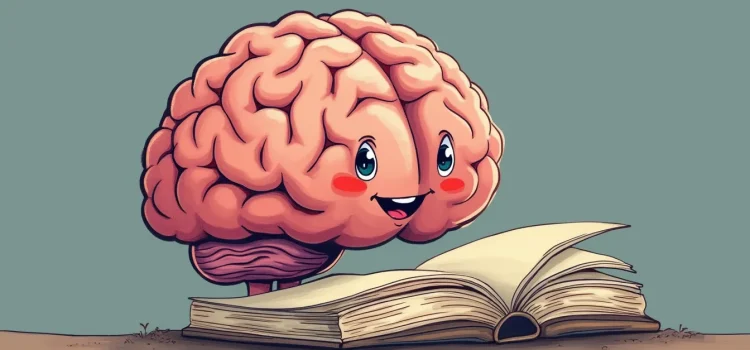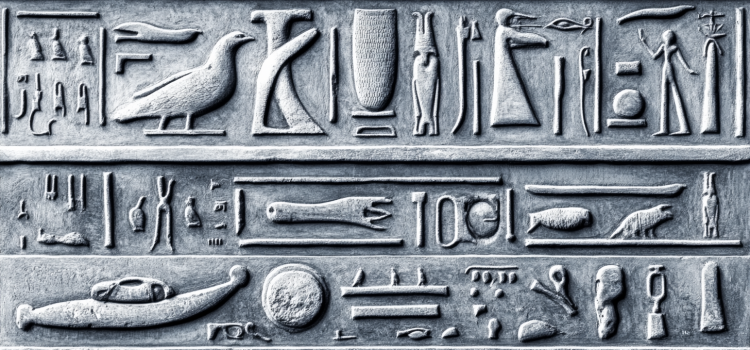What exactly makes insight different from ordinary learning? How can understanding these differences help us experience more breakthrough moments in our thinking? In his book Seeing What Others Don’t, Gary Klein identifies three key characteristics of insight and debunks three common myths. Understanding what insight is helps us recognize when we’re experiencing genuine breakthroughs and creates conditions where insights are more likely to occur. Keep reading to learn what insight is and what it isn’t.
3 Characteristics of Insight Explained (and 3 Myths Debunked)










